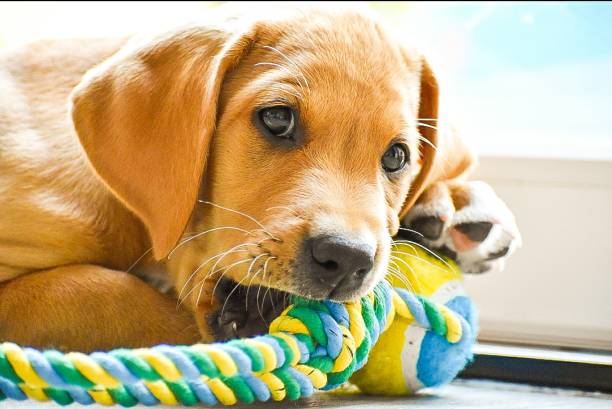Habituation and Dishabituation During Object Play in Kennel-Housed Dogs

Domestic dogs are reported to show intense but transient neophilia towards novel objects. Here, we examine habituation and dishabituation to manipulable objects by kennel-housed dogs. Labrador retrievers (N = 16) were repeatedly presented with one toy for successive 30-s periods until interaction ceased. At this point (habituation), a different toy was presented that contrasted with the first in both colour and odour (since the dog’s saliva would have accumulated on the first), colour alone, or odour alone. No effect of the type of contrast was detected in the number of presentations to habituation, the difference in duration of interaction between the first presentation of the first toy and the presentation of the second toy (recovery), or the duration of interaction with the second toy (dishabituation). Varying the time interval between successive presentations of the first toy up to habituation between 10 s and 10 min had no effect on the number of presentations to habituation, nor did it alter the extent of dishabituation. Varying the delay from habituation to presentation of the second toy, between 10 s and 15 min, affected neither the recovery nor the dishabituation. Overall, the study indicates that loss of interest in the object during object-orientated play in this species is due to habituation to the overall stimulus properties of the toy rather than to any single sensory modality and is also atypical in its insensitivity to the interval between presentations.
Pullen, A.J., Merrill, R.J.N., and Bradshaw, J.W.S. (2012). Habituation and dishabituation during object play in kennel-housed dogs. Animal Cognition, DOI 10.1007/s10071-012-0538-2
Photo: iStock.com/Matt Thomas
View ResourceTopic(s): Enrichment, Enrichment, Stress & Improved Welfare, Shelter and Rescue